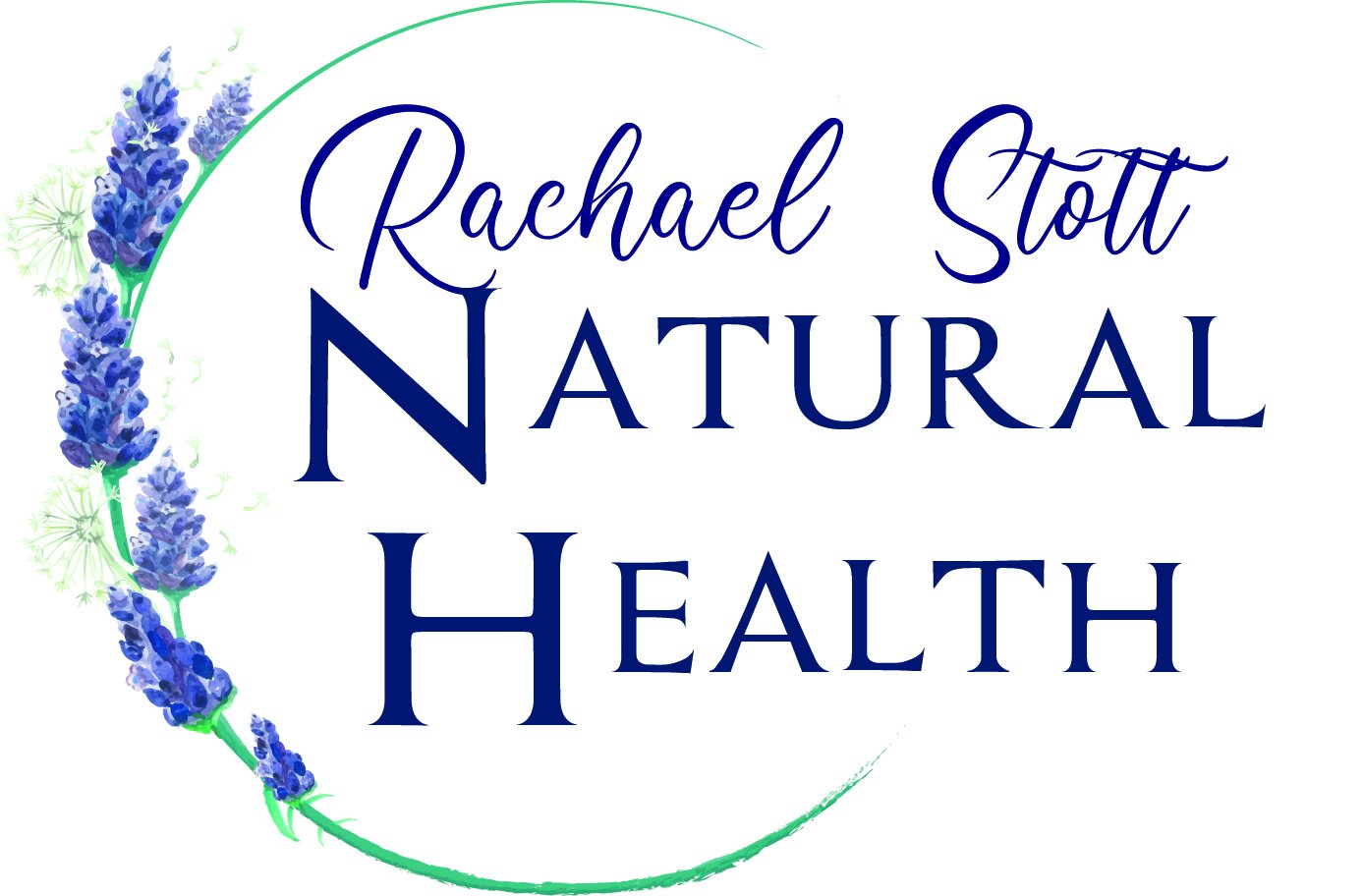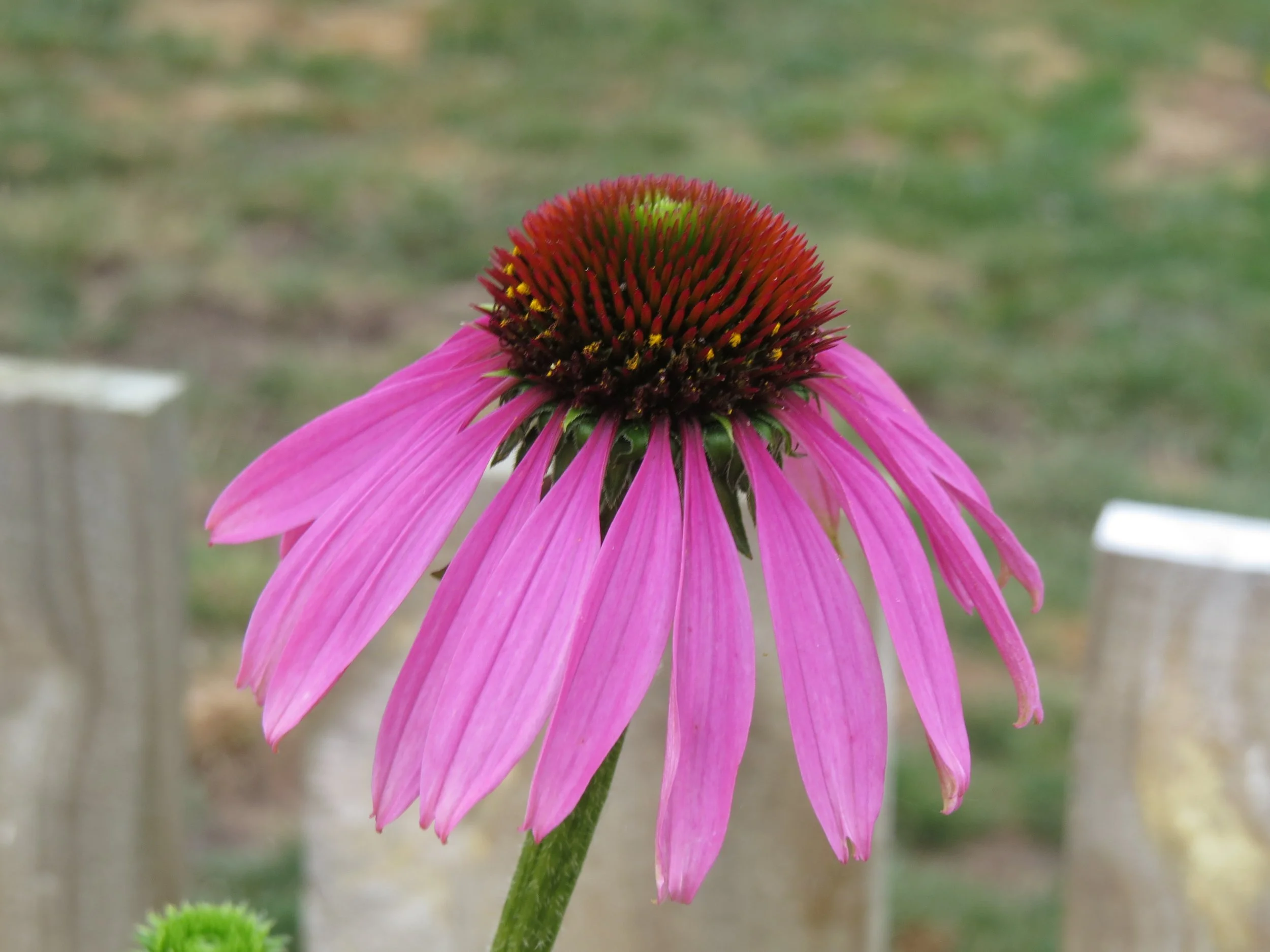Echinacea ~ with a tingle on the tongue
Echinacea is such a distinctive flower in the garden with its drooping purple petals surrounding its spiky raised centre. This member of the daisy family has a large taproot that is harvested in autumn when it is two years old, after the leaves have died back for winter. This North American perennial has several medicinal varieties that are grown in New Zealand, the most commonly known is Echinacea purpurea. It is drought tolerant once established. Mine has started flowering in it's second year. The pollinators love it.
This is great herb to grow in your home garden. It is generally easy care, pops up year after year in the spring and it may help reduce the issue with overharvesting in the wild. It is considered to be at risk in the wild.
I think many people head to Echinacea when they have the ills and chills due to its ability to support the immune system with its immunomodulatory, antiinflammatory and antimicrobial actions. It may also be indicated with candida overgrowth or cystitis. When I dispense this to those with upper respiratory infections, it needs to be taken at the first sign of a cough or sneeze to be effective. Aside from the tincture, you may see it in many immune support teas. It may also considered to be a wise preventative for the immune system over the winter months.
Echinacea is also used for bites, stings, skin infections and to soothe itches, skin issues like acne or minor burns. The roots may be mashed and used as a poultice or cotton wool may be soaked in the tincture. For dry skin, this may be added to creams.
If anyone has tried Echinacea tincture on the tongue, it has a real kick to it as it is a powerful herb it tingles on the tongue. You can also try the leaf or a petal for a similar tingle.
Echinacea purpurea with its distinctive flower to attract the pollinators

